The Trek Émonda ALR is the American brand’s take on the premium aluminium race bike.
Now in its third generation, the Émonda ALR takes the recipe of the 2021 Trek Émonda but substitutes carbon fibre for aluminium.
This helps cut cost significantly, but (as we’ll come to later) doesn’t noticeably impact performance much.
The Trek Émonda ALR 5 (£2,325/$2,300) is the base model in the 2023 Trek Émonda ALR range, offering a suite of relatively affordable components alongside a frameset and groupset worthy of future upgrades.
As with most bikes at this price point, not every stock part sparkles, but the Émonda ALR 5 nevertheless impresses as an alternative to identikit carbon race bikes.
Trek Émonda ALR 5 frameset
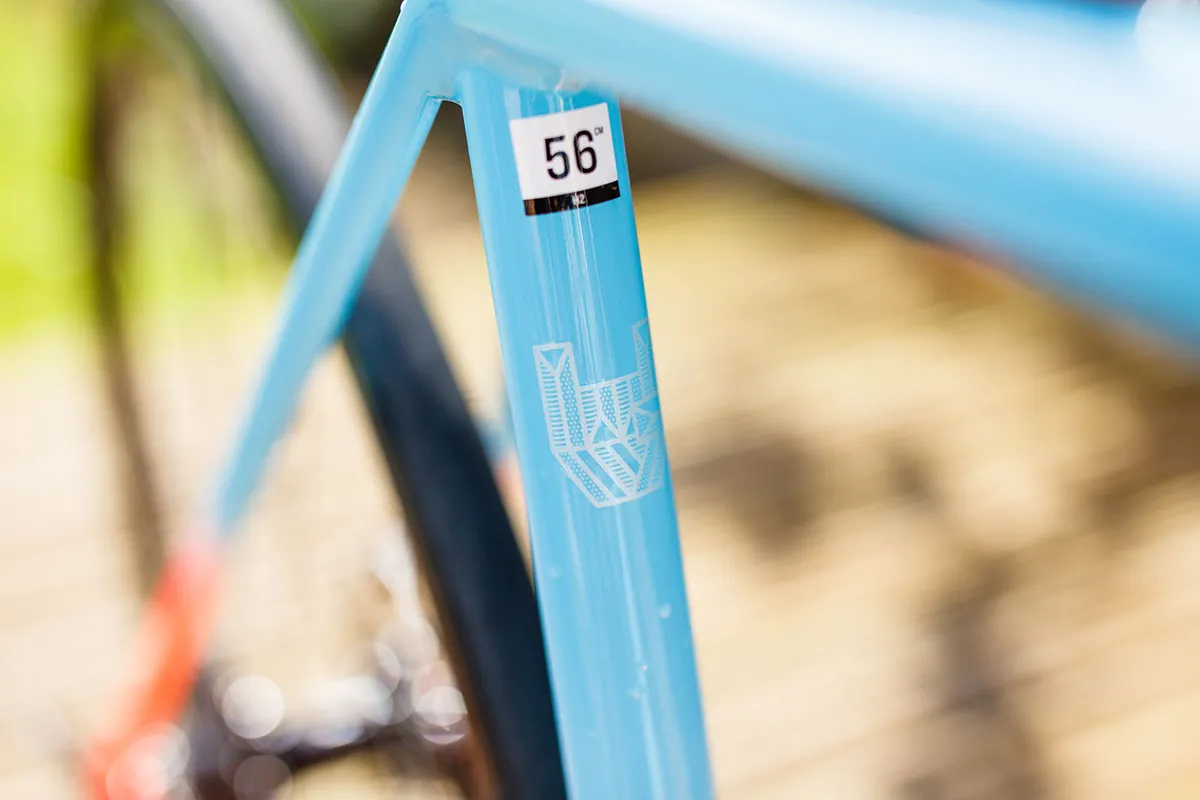
As with the latest Specialized Allez Sprint, the updated aluminium frameset is the headline act on the Émonda ALR.
Like its carbon sibling, it features a mix of round tubing and truncated aerofoil – or 'Kammtail' – shapes.
The frame is constructed from Trek’s 'ultra-light' 300 Series Alpha aluminium, while the fork is made from carbon fibre.
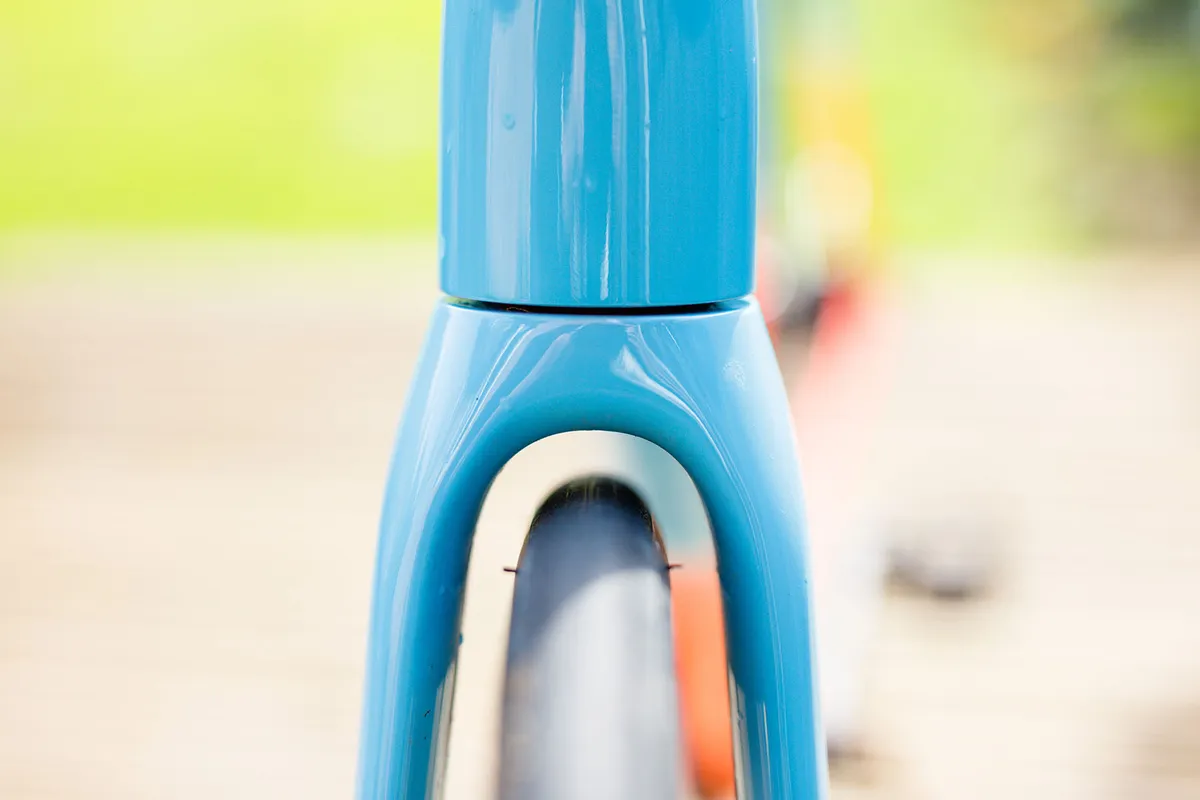
Trek says a painted, size-56cm Émonda ALR frame weighs 1,257g, while the fork is said to weigh 406g.
That’s just 34g heavier than Trek’s Émonda SL carbon frameset (£2,950), which uses Trek’s second-tier carbon layup (Ultralight 500 Series OCLV Carbon) and has a claimed weight of 1,245g and 384g for the fork.
If you wanted to drop any serious weight from the frame, you’d need to step up to the Émonda SLR frameset (£4,900), which features a 760g frame and 381g fork.

The Émonda ALR frame is built using Trek’s ‘Invisible Weld Technology’, which (as the name suggests) helps hide the tube joints for a more seamless look.
Those at the rear dropouts aside, the resulting welds are certainly less prominent than those on the Allez Sprint or Cannondale CAAD13.
The new Émonda ALR frameset also uses a T47 threaded bottom bracket.
Improved aerodynamics
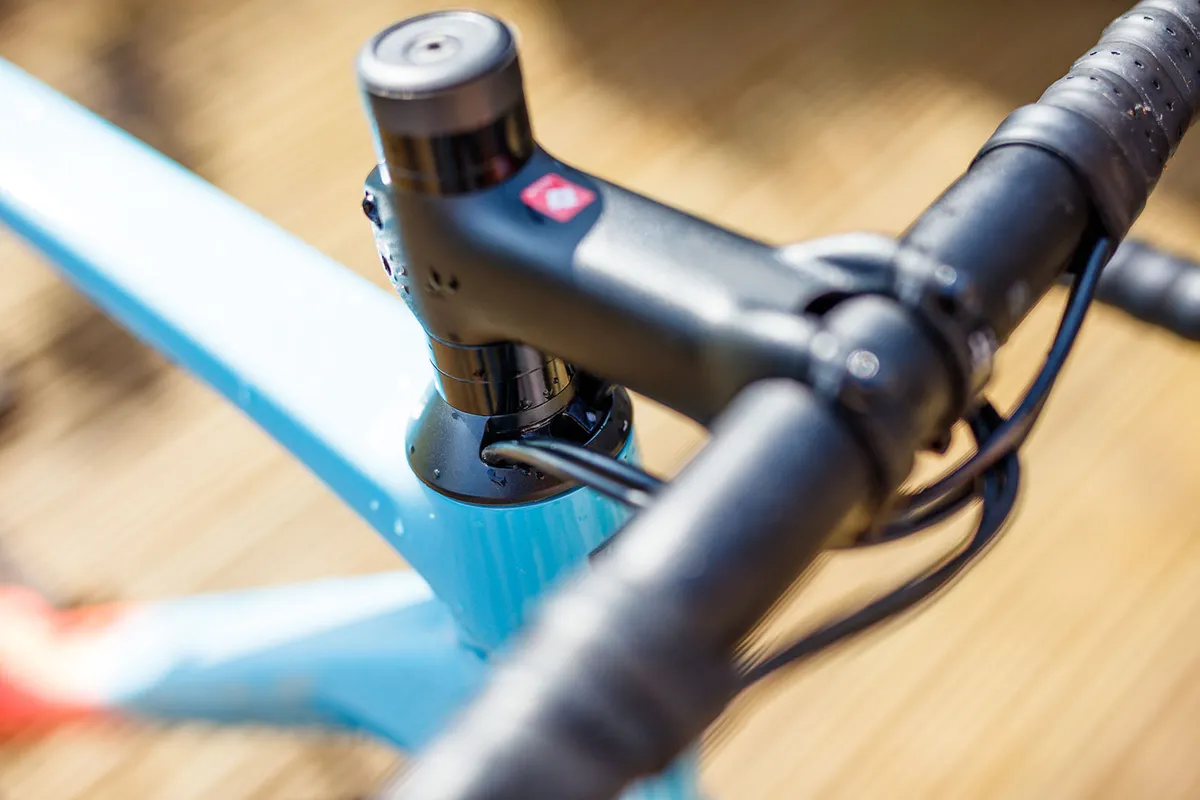
At the front end of the frameset, Trek has adopted an integrated cable-routing solution similar to that on the Allez Sprint and Cervélo Soloist.
This sees the gear cables and brake hoses route externally of the handlebar and stem, and enter the frame through a slotted headset top cap.
This and the aero tubing are claimed to improve the aerodynamic efficiency of the Émonda ALR compared to its predecessor, although Trek doesn’t offer any specific figures to quantify this.
Though I’d prefer Trek to be up-front about the magnitude (or otherwise) of any potential performance boost, I suspect most prospective buyers won’t be overly fussed.
The Émonda ALR isn’t attempting to compete with the best aero road bikes, and the cables and hoses have likely been hidden for aesthetic reasons as much as performance ones.

As I’ve explored before, the performance gains from fully internal cable routing are fairly small and the downsides (such as more complex headset servicing) can be irritating.
This style of solution does at least allow for a wide range of easy adjustments for bike fit purposes, though, and there’s no denying it lends the bike a premium, modern look.
In fact, it was notable how many admiring comments the Émonda ALR 5 attracted during testing, from cyclists and non-cyclists alike.
While the ‘Azure to Living Coral Fade’ paintjob wouldn’t be my first choice, if you like getting attention for having a 'cool bike', it would seem this is a solid option.
What about mudguards?
One notable omission from the Émonda ALR is mounting points for mudguards or fenders.
While dry-bottom obsessed riders, such as my friend and colleague Jack Luke, have cried foul and made their misgivings on this subject clear, I’m not sure it’s a huge loss.
It’s true that tastefully hidden mounts, such as those on the Trek Domane SLR, don’t add much weight or detract from a bike’s looks when not in use.
However, it’s also fair to say the Émonda ALR (like the Allez Sprint) is intended to be a race bike and – for better or worse – most road racing bikes don’t have mudguard mounts these days.
In any case, if you want an aluminium road bike for year-round riding, Trek also offers the Domane AL, which has a plethora of mounts available for mudguards, extra bottles and more.
Trek Émonda ALR 5 geometry and handling

The Trek Émonda ALR 5 adopts the same H1.5 geometry featured on the latest carbon Émonda and Trek Madone SLR.
This sits in the middle of Trek’s previous pro-style H1 and more relaxed H2 fit geometries. It means most riders should be able to customise the front end to get their preferred fit – whether that’s long and slammed or shorter and more upright.
In terms of its overall aggressiveness, the Émonda ALR sits between the Allez Sprint and CAAD13.
With 391mm of reach and 563mm of stack on my size-56cm test bike, it’s a little higher and shorter than an equivalently sized Allez Sprint.
While the head tube angle is shared with the Allez Sprint at 73.5 degrees, the Émonda ALR has 3mm more fork trail, which slows down the handling slightly.
Overall, the Émonda ALR’s handling still feels light and nimble, though just a touch more mellow than the Allez Sprint’s.
It’s also notable that the Émonda ALR frameset is available in eight sizes, from 47 to 62cm, compared to six sizes (from 49 to 61cm) for the Allez Sprint.
| | 47 | 50 | 52 | 54 | 56 | 58 | 60 | 62 |
|---|---|---|---|---|---|---|---|---|
| Seat angle (degrees) | 74.6 | 74.6 | 74.2 | 73.7 | 73.7 | 73 | 72.8 | 72.5 |
| Head angle (degrees) | 72.1 | 72.1 | 72.8 | 73 | 73.5 | 73.8 | 73.9 | 73.9 |
| Chainstay (mm) | 410 | 410 | 410 | 410 | 410 | 411 | 411 | 412 |
| Seat tube (mm) | 424 | 453 | 483 | 496 | 525 | 553 | 573 | 593 |
| Top tube (mm) | 512 | 521 | 534 | 543 | 559 | 574 | 586 | 598 |
| Head tube (mm) | 100 | 111 | 121 | 131 | 151 | 171 | 191 | 211 |
| Fork offset (mm) | 45 | 45 | 45 | 45 | 40 | 40 | 40 | 40 |
| Trail (mm) | 68 | 62 | 58 | 56 | 58 | 57 | 56 | 56 |
| Bottom bracket drop (mm) | 72 | 72 | 72 | 70 | 70 | 68 | 68 | 68 |
| Wheelbase (mm) | 972 | 974 | 977 | 981 | 983 | 992 | 1,001 | 1,010 |
| Standover (mm) | 692 | 711 | 732 | 744 | 768 | 793 | 811 | 829 |
| Stack (mm) | 507 | 521 | 533 | 541 | 563 | 581 | 601 | 620 |
| Reach (mm) | 373 | 378 | 383 | 386 | 391 | 396 | 399 | 403 |
Trek Émonda ALR 5 build

As with most bikes at this price, the Émonda ALR 5’s build is somewhat of a mixed bag.
Trek has wisely specced Shimano 105 R7000, the Japanese brand’s highly rated 11-speed workhorse groupset.
You get climbing-friendly 50/34-tooth chainrings up front, paired with a short-cage rear derailleur and an 11-30 tooth cassette.

Finishing kit is by Bontrager (Trek’s in-house wheel and component brand), in the form of a basic aluminium seatpost, stem and set of round handlebars.
While it lacks a posh carbon seatpost, the use of a round, 27.2mm post means aftermarket upgrade options are plentiful.
It’s the same story up front – no surprises or odd standards, just a 1-1/8in steerer and a 31.8mm handlebar clamp.
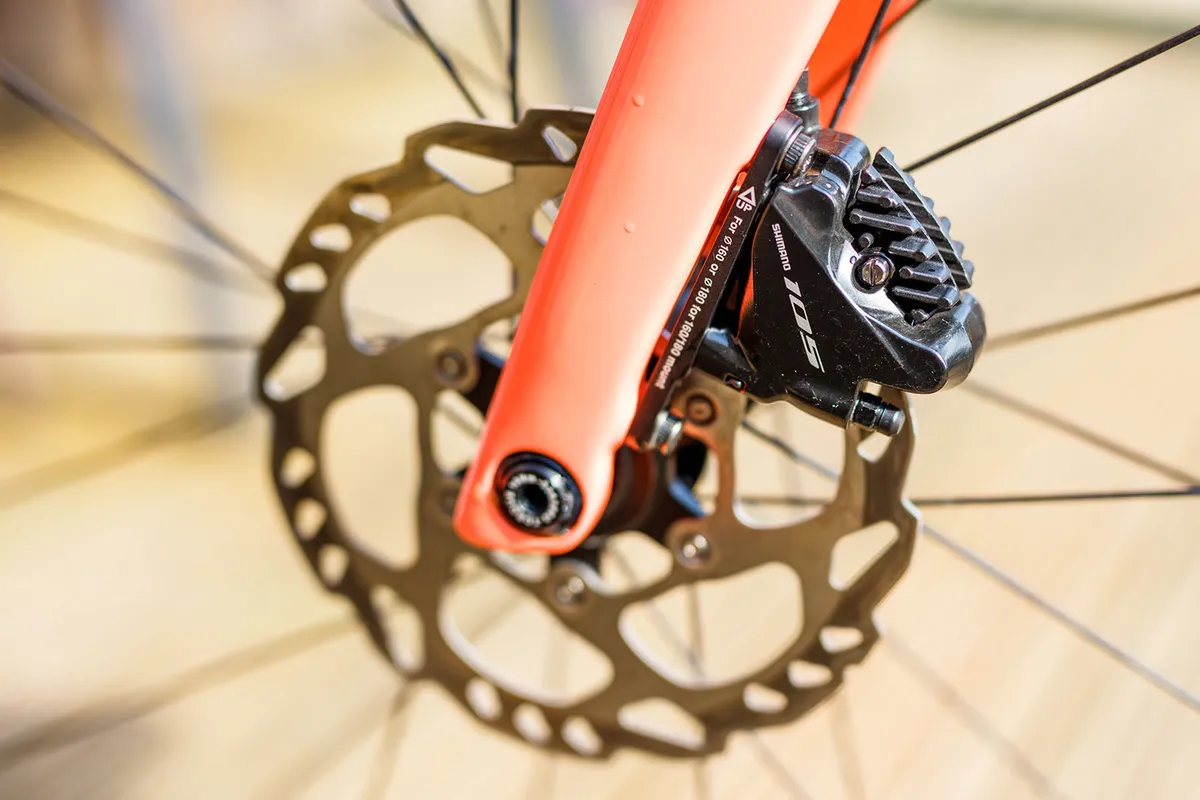
In an era when the use of proprietary parts on road bikes seems to be ever increasing, such simplicity and wide-ranging compatibility feels like a breath of fresh air.
In terms of wheels and tyres, Trek has specced a set of basic Bontrager alloy wheels paired with 700x25c Bontrager R1 Hard-Case Lite clincher tyres.
While the alloy Bontrager hubs and round spokes are fairly run of the mill, the Bontrager Paradigm SL rims are at least tubeless-ready and have a healthily wide, 21mm internal rim width. This helps plump the tyres up to around 28.5mm at 70psi/4.8 bar.
Trek Émonda ALR 5 ride impressions

Out on the road, the Émonda ALR 5 is an easy bike to get along with.
It has a marginally more relaxed personality than the Allez Sprint, but for many this will be a plus (the Allez Sprint is very racy).
Like that bike, though, the Émonda ALR belies its 9.04kg weight, feeling quick to respond to inputs and generally easy to manoeuvre.
Shimano’s 105 R7000 groupset remains as impressive as ever. Shifts are slick and fast at both ends, with excellent braking.
Unsurprisingly, the low-end Bontrager tyres disappoint compared to the best road bike tyres currently available, and make the bike feel sluggish when trying to ride fast. Upgrading these alone would likely do wonders for the whole package.
The Bontrager finishing kit is nothing flashy, but it all does the job and can be replaced easily if you have particular tastes or bike fit requirements.
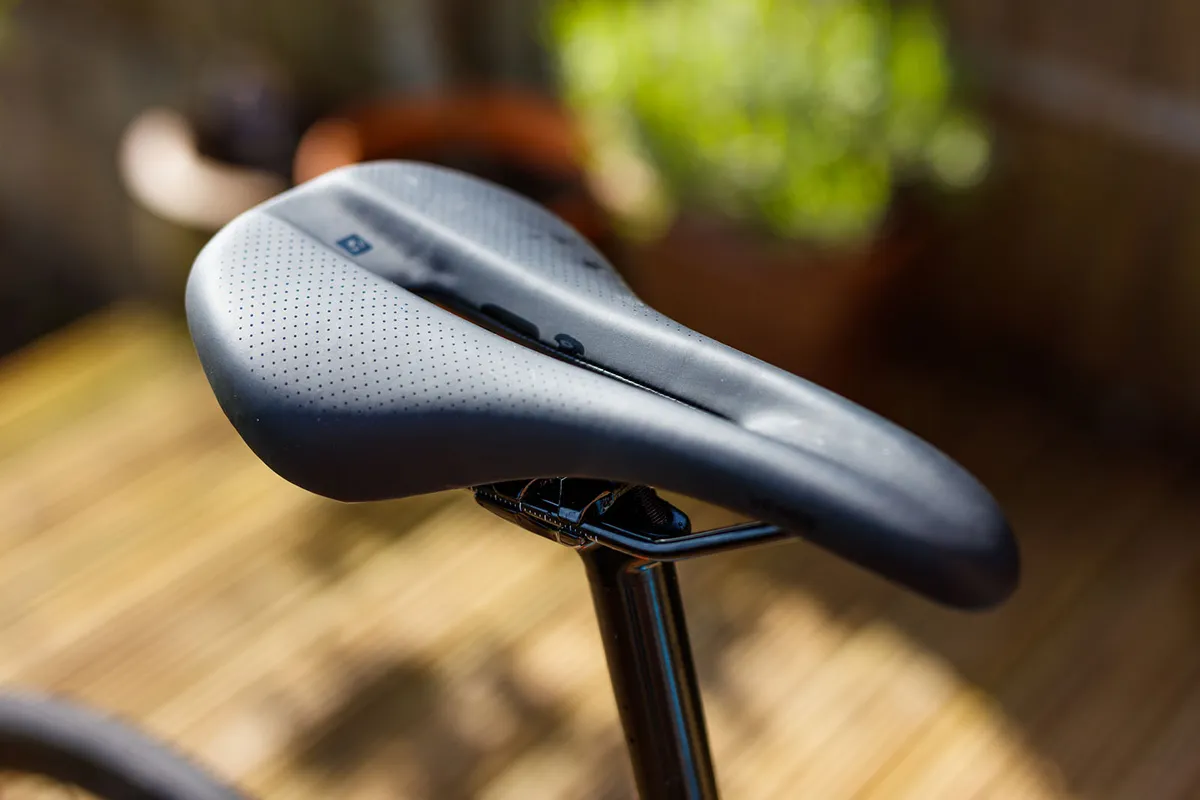
The only part I didn’t get on with was the Bontrager Verse Comp saddle. It has a lot more padding than I’m used to and I quickly swapped it out for something firmer and shorter (a Giant Fleet SL).
It’s a shame Trek didn’t spec the excellent Bontrager Aeolus saddle, versions of which come with higher-end Émonda and Madone builds, but that’s a minor gripe.
The ride quality is also impressive, especially at the rear end.
While dropped seatstays and carbon seatposts are often lauded for their comfort-enhancing properties, the Émonda ALR manages to achieve a smooth ride without either.
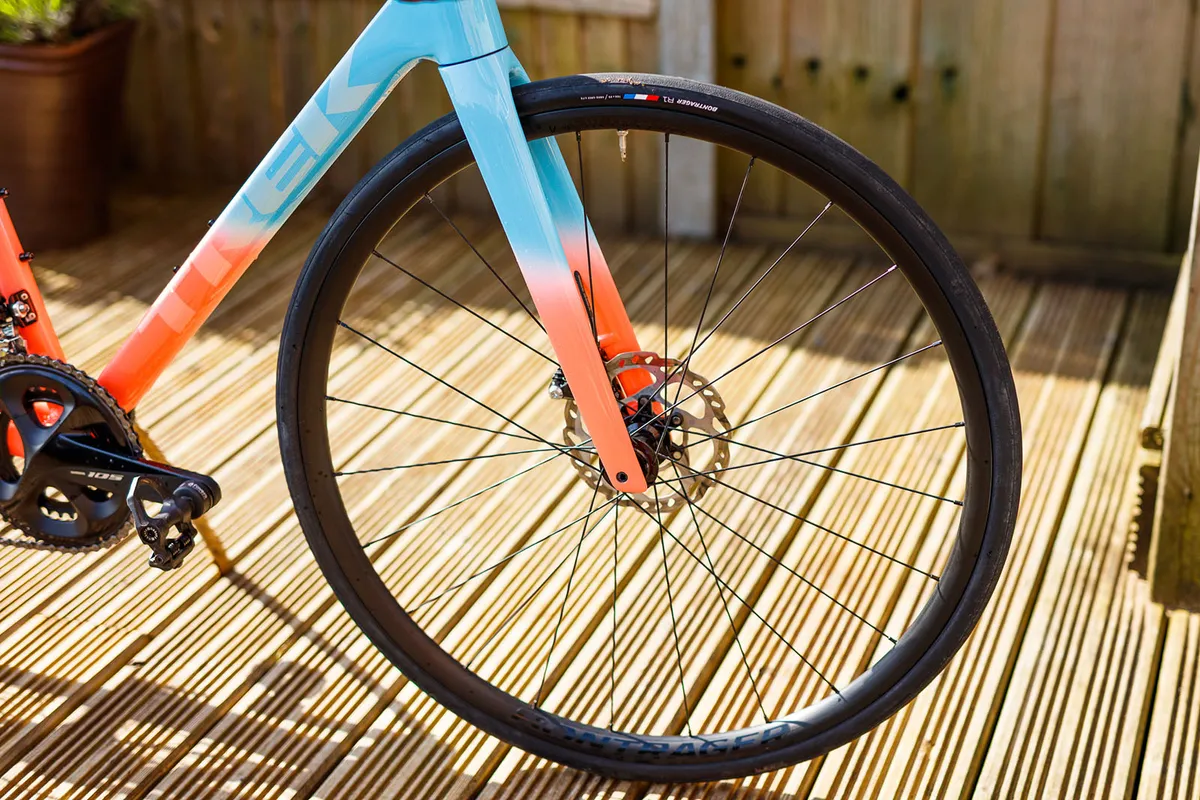
The front end, with its stiff carbon fork and basic alloy bars, is firmer. Careful adjustment of the tyre pressures went a long way to mitigating this, though.
The Émonda ALRs tyre clearance is officially capped at 28mm, as on the previous version, but in practice there’s ample room for more.
Trek Émonda ALR 5 bottom line

The Trek Émonda ALR 5 joins an increasing number of high-quality aluminium road bikes.
Despite its alloy construction, it’s only marginally heavier than the mid-tier carbon Émonda and offers an appealing mix of classic looks and modern tech.
Likewise, if you want a road racing bike with Trek on the down tube, then the Émonda ALR is one of the cheapest entry points and it doesn’t disappoint in terms of performance.
Hitting this price inevitably means compromises in the build, but (tyres aside) everything does a respectable job, and – best of all – can be easily customised to suit your personal tastes.
Product
| Price | 3500.00 AUD,2499.00 EUR,2325.00 GBP,2300.00 USD |
| Weight | 9.0400, KILOGRAM (56cm) - |
Features
| Fork | Trek Émonda ALR, carbon |
| br_stem | Bontrager Elite |
| br_chain | Shimano 105 HG601, 11-speed |
| br_frame | Trek Émonda ALR |
| Tyres | Bontrager R1 Hard-Case Lite, 700 x 25c |
| br_brakes | Shimano 105 R7000, 160mm rotors front and rear |
| br_cranks | Shimano 105 R7000, 50/34t |
| br_saddle | Bontrager Verse Comp |
| br_wheels | Bontrager Paradigm SL |
| br_shifter | Shimano 105 R7020 |
| br_cassette | Shimano 105 R7000, 11-30t |
| br_seatpost | Bontrager Comp, alloy |
| br_gripsTape | Bontrager Supertack Perf |
| br_handlebar | Bontrager Comp VR-C |
| br_bottomBracket | Praxis T47 threaded |
| br_rearDerailleur | Shimano 105 R7000 |
| br_frontDerailleur | Shimano 105 R7000 |
